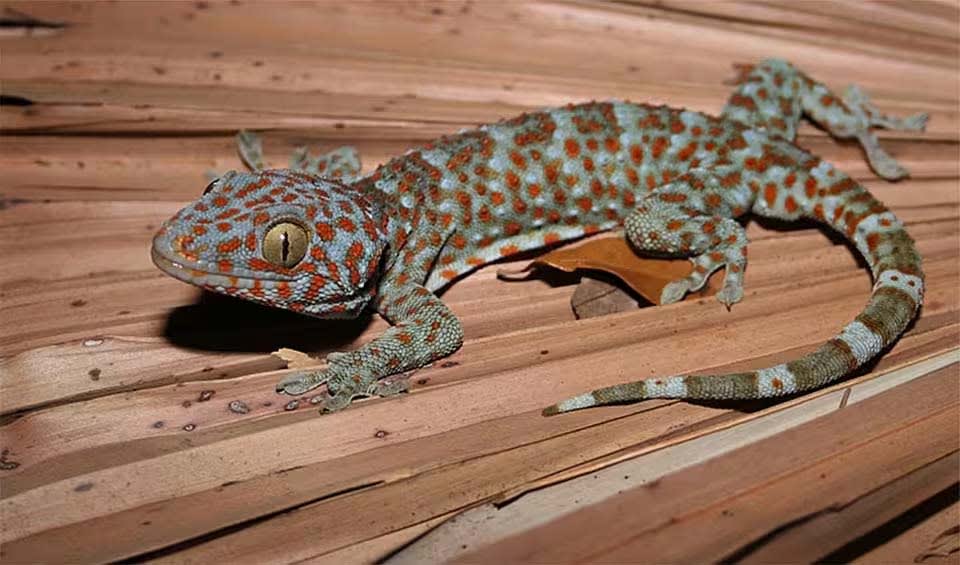Gekko – True geckos
Southeast Asian lizards that lay eggs in pairs instead of clutches
The genus Gekko, often referred to as ‘real geckos’ or simply ‘geckos,’ encompasses a group of species that are as diverse as they are widespread. These reptiles are known for their smooth skin and vibrant colors that some species can display. Found in warm climates around the world, geckos have become synonymous with adaptability and are celebrated for their role in various ecosystems.
Like many reptiles, geckos undergo ecdysis, which is the process of shedding their skin. This essential function allows the gecko to grow and maintain healthy skin. Interestingly, geckos will often consume their shed skin. This behavior is not only a way to avoid leaving traces that might signal their presence to predators but also allows them to reabsorb valuable nutrients.
The coloration of ‘true geckos’ from the Gekko genus is generally less vibrant than that of day geckos, with many species exhibiting patterns of greys, browns, and dirty whites. These subdued colors adapt to their environment, providing camouflage that helps them blend into their natural habitats, be it tree bark, rocks, or within the crevices of buildings in urban areas.
Conservation-wise, most species within the Gekko genus are not currently facing significant threats. Their populations are generally stable, largely due to their resilience and ability to adapt to both natural and urban environments.
Species in this genus
Kuhl’s flying gecko
Unlike what their name suggests, these reptiles can’t fly but only leap between tree tops
Tokay gecko
Its large eyes are equipped with highly sensitive retinas, which allow it to see in low light conditions



